
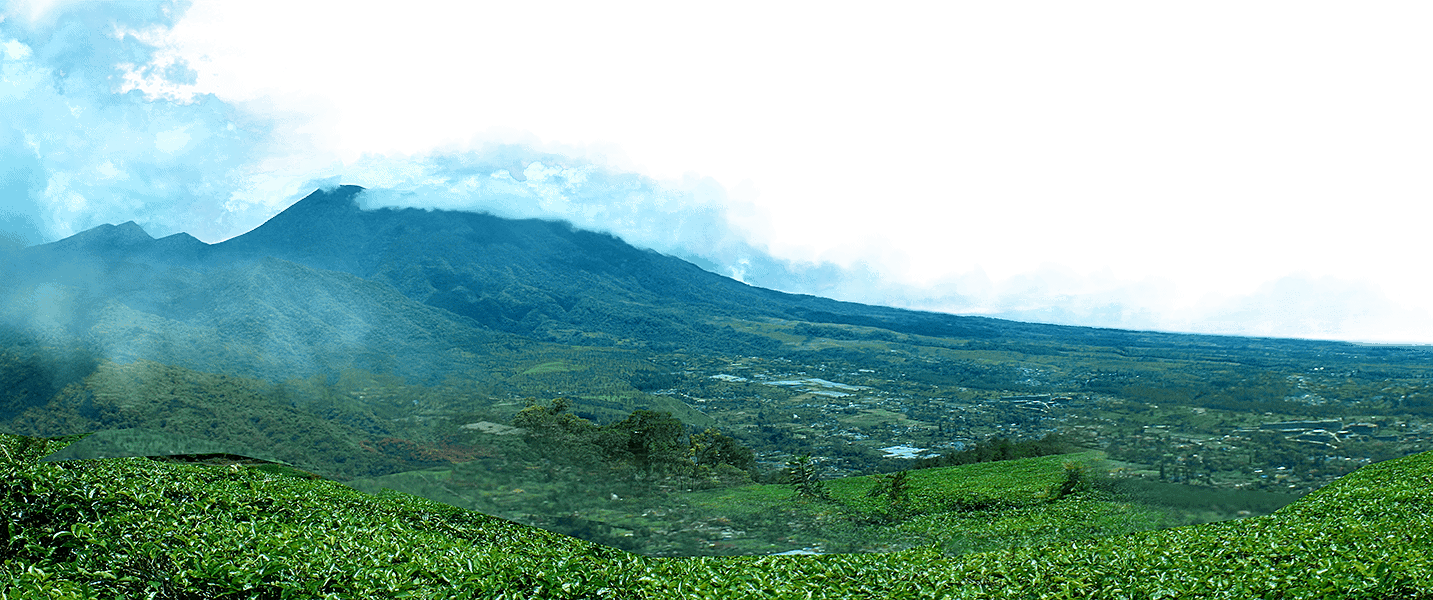
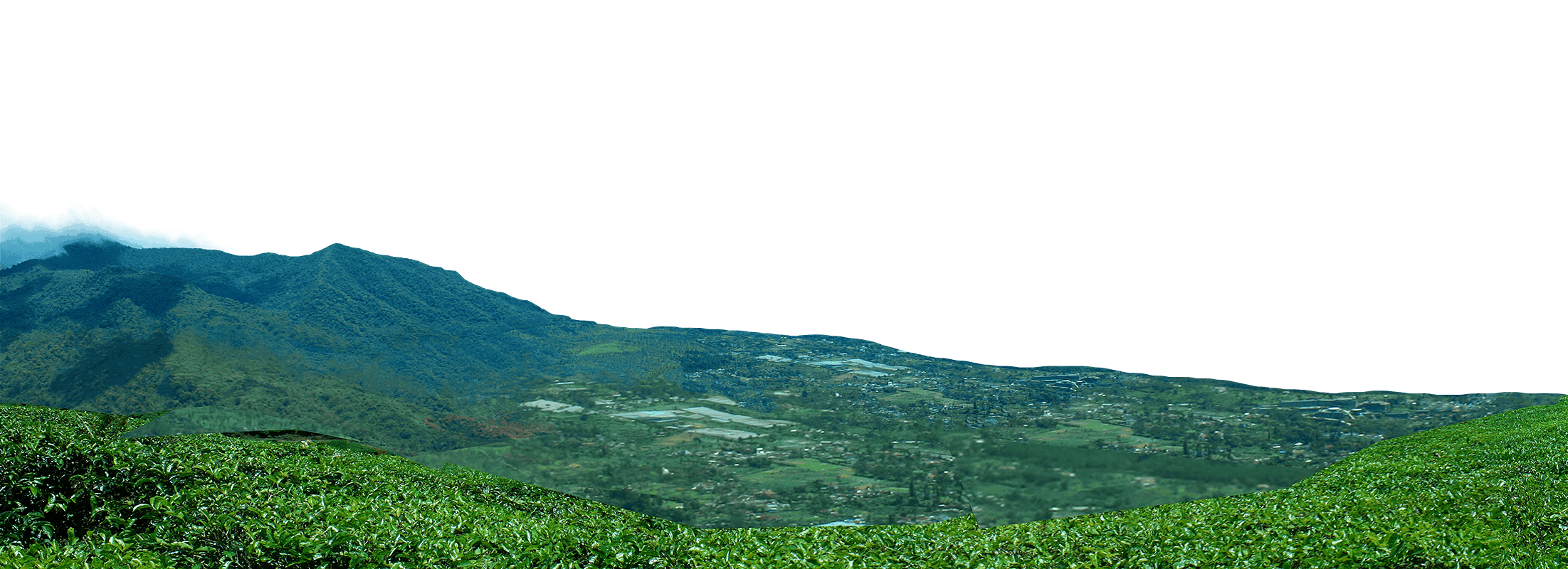






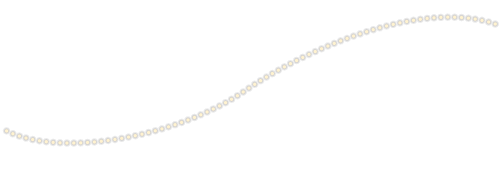




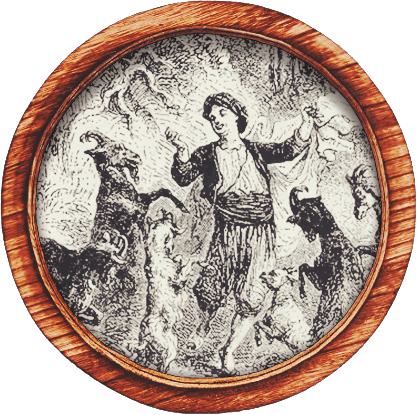
The Legend of Kaldi
In the year 850 the Ethiopian shepherd Caldi noticed that the animals that he grazed, after eating the fruits of one wild plant, were very quick and cheerful for a long time. Kaldi told about it to the abbot of the local monastery, who, after trying the decoction of the fruit of the coffee tree and having experienced its tonic effect, decided to use the decoction of monks before long-term services. The use of a decoction of the coffee cherries became a tradition of the monastery, and then became popular among the local people.





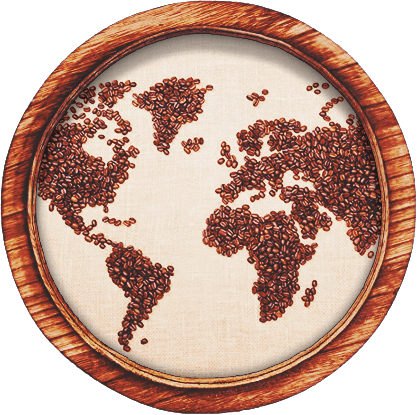
Coffee Geography
Most of the countries, where coffee is grown, are located between 10 degrees south latitude and 10 degrees north. This area is also called "a coffee belt" and it is located between the tropics of "Cancer" and "Capricorn". Coffee is growing in about 80 countries, producing up to 145 million bags per year and employing more than 20 million people. Coffee trade is the second largest in the world after oil. The inhabitants of the planet annually drink 750 billion cups of coffee!
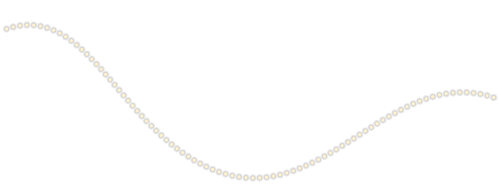




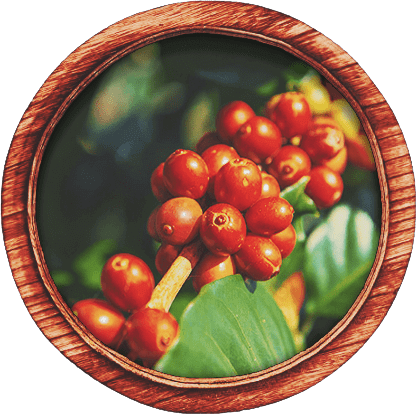
How does the coffee cherry looks like?
Coffee tree is small and densely strewn with berries. Depending on the sort, ripe berries can be of deep red or yellow color. The green and ripe berries can grow on the branch at the same time. Exactly in this berries, which are also called cherries, that the coffee beans ripens. Berries have several layers - peel, pulp, flesh, skin and, actually, green bean. One berry consist of two beans. After purification, the coffee beans are sorted by size.





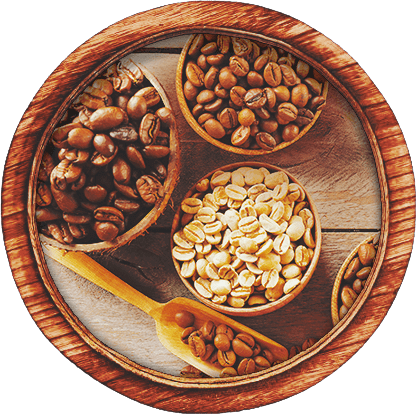
Coffee types
The most widespread sorts of coffee are Arabica and Robusta. Taste of coffee drink depends on the sort. So, Arabica is characterized by delicate taste, with the expressed sourness and less knitting aftertaste. At the same time, Robusta is the strong, knitting coffee with a bitter taste. Other sorts such as Liberaca and Excelsa don’t have industrial significance.





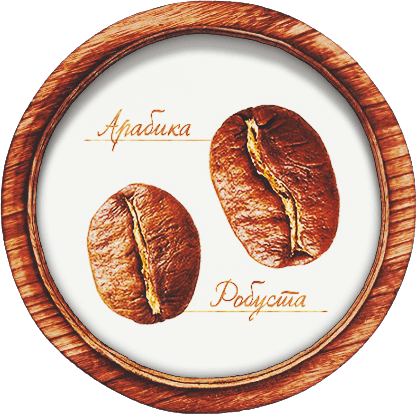
How to distinguish coffee beans of Arabica and Robusta
Arabica beans have an elongated shape with a curved groove in the form of a dollar sign and a rich sweet-sour aroma. Such aroma of Arabica is a result of the high content of essential oils (up to 18%) and the low content of caffeine (up to 1,5%). Beans of Robusta have more rounded shape and straight groove, less pronounced aroma, because of the low content of essential oils (up to 8%) and the high caffeine content (3%). Robusta drink are stronger and more saturated.





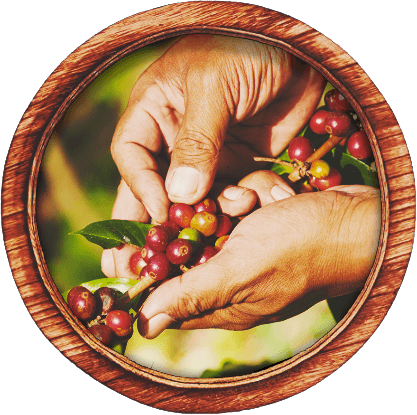
Coffee gathering
Manual ("picking") – pick up only ripe berries in 3-5 sets. Stripping – collectors use rake to tear all cherries from the trees. The crop needs to be checked for existence of green cherries. Mechanical – the crop is collected by using machines. With this method of harvesting, immature cherries often fall to the basket and coffee bushes are damaged.





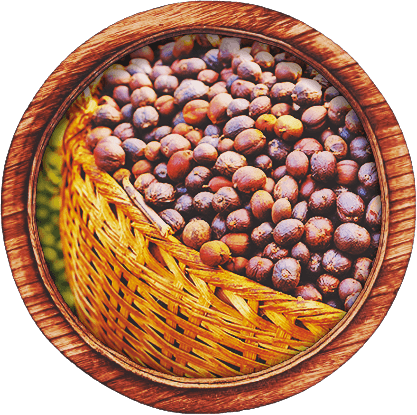
Methods of coffee cleaning
Washed - the peel is removed from the coffee berries and placed in the water for fermentation. Coffee beans are washed and dried in the sun or in mechanical dryers.
Semi-washed - the berries are washed and then dried with constant stirring. During the drying, partial fermentation takes place, making the taste of the product unrepeatable.
Dry - the coffee berries are dried with the skin and pulp. During the drying, sugar moves from the pulp to the bean, so coffee became very sweet and fruity.





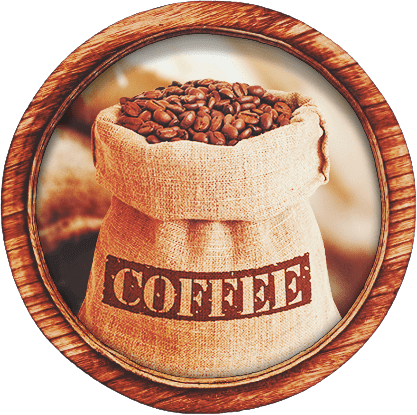
From plantation to the factory
All deals on the sale of millions bags of coffee beans are closing in London and New York - well-known international financial centres, where the largest world coffee markets are located. The main market for the sale of Robusta is located in London, and Arabica trade is proceeding through the market located in New York. All the coffee producers in the world buy green beans on these markets. After the transaction, the bags with green coffee beans are sending to the buyer by a sea.





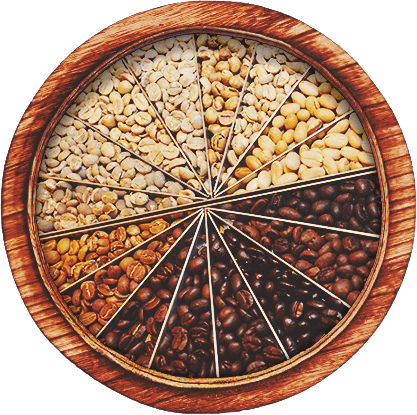
Roasting
Coffee roasting lasts up to 13 minutes. During this time bean goes over following phases: loses moisture, increases volume up to 25%, loses weight and changes colour from green to brown. In 24 hours, unpleasant astringent taste disappears and the pleasant fruit aroma is formed.There are 3 main degrees of roasting:
Weak – light colour, the aroma isn't expressed, taste is soft.
Average – saturated colour, bright aroma, slightly bitterness in taste.
Strong – dark colour, expressed bitterness in taste.





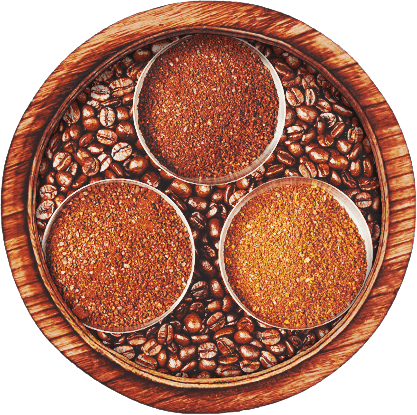
Coffee grinding
Large grinding - suitable for brewing in a coffee pot or a french press. Used for making coffee in geyser coffee machines.
Medium grinding - universal, suitable for preparing coffee in various ways.
Light grinding is optimal for coffee machines with filters (drip) and espresso machines.
Ultra-light grinding - is used exclusively for preparing Turkish coffee in Jezve.





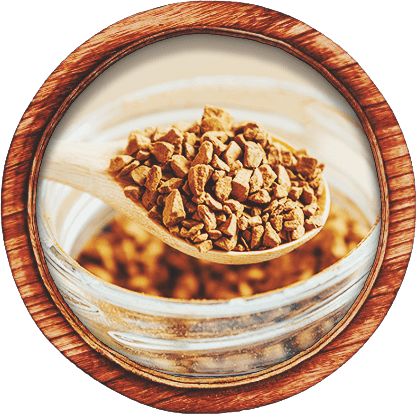
Instant coffee
Instant coffee is an extract of natural coffee. There are three technologies for its production: powdered, in granules and the most popular among consumers - sublimated. To produce the sublimated coffee, the ground coffee is digested in an extract that is frozen at -50 °C and then crushed into crystals and dehydrated. Such drink keeps the taste and aroma of natural coffee.

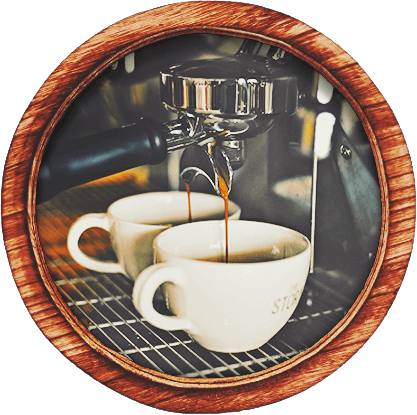
Coffee consumption in the world
On average, people drink more than 1.6 billion cups of coffee each day around the world. Coffee consumption is increasing year by year, but Europe holds leadership. Finland is the leader country for consuming coffee cups per capita - 5 cups of espresso per day per person. This high consumption is associated with the duration of daylight hours. In Ukraine people drink more and more coffee every year, and the quantity is 0.3 cups of espresso per person.
